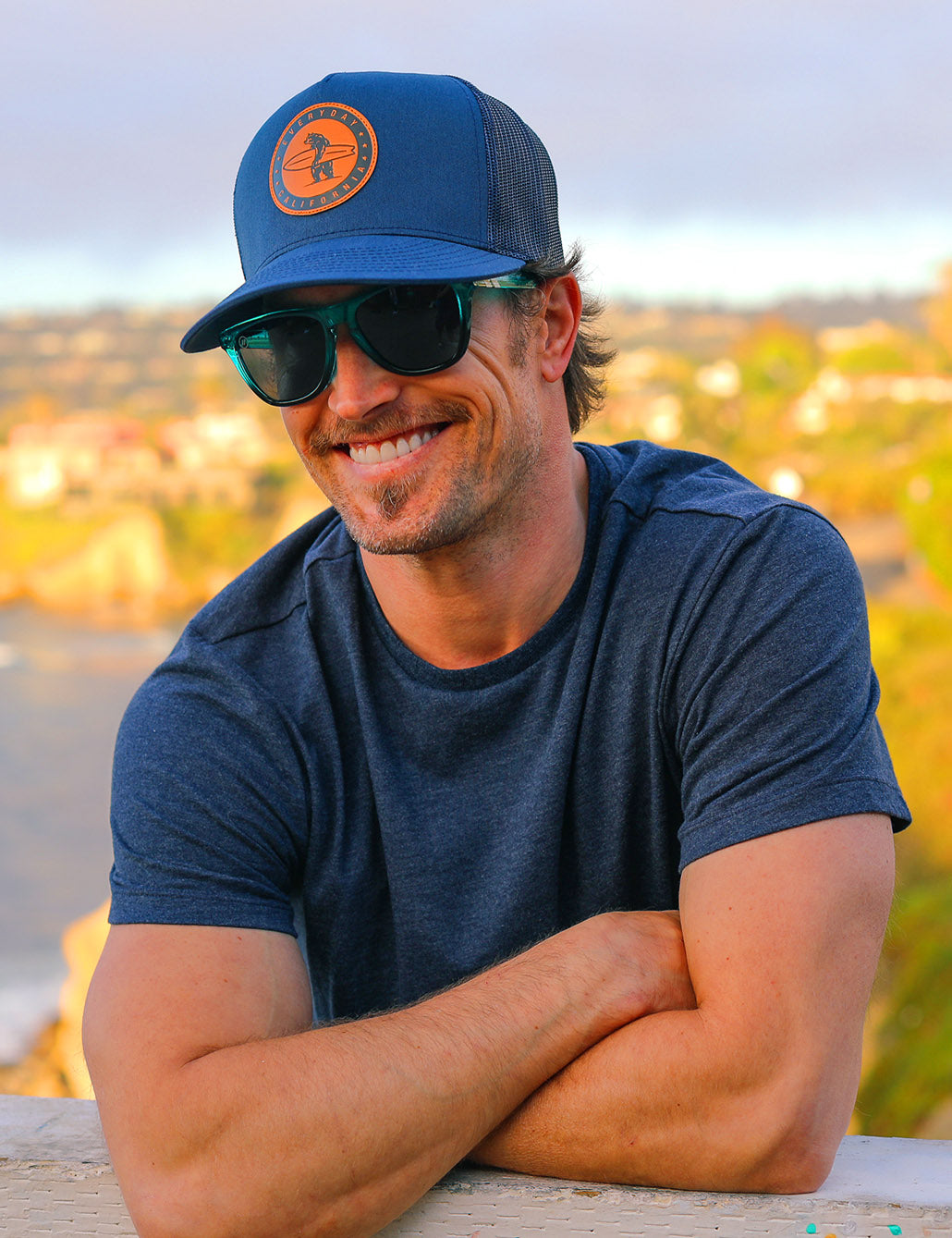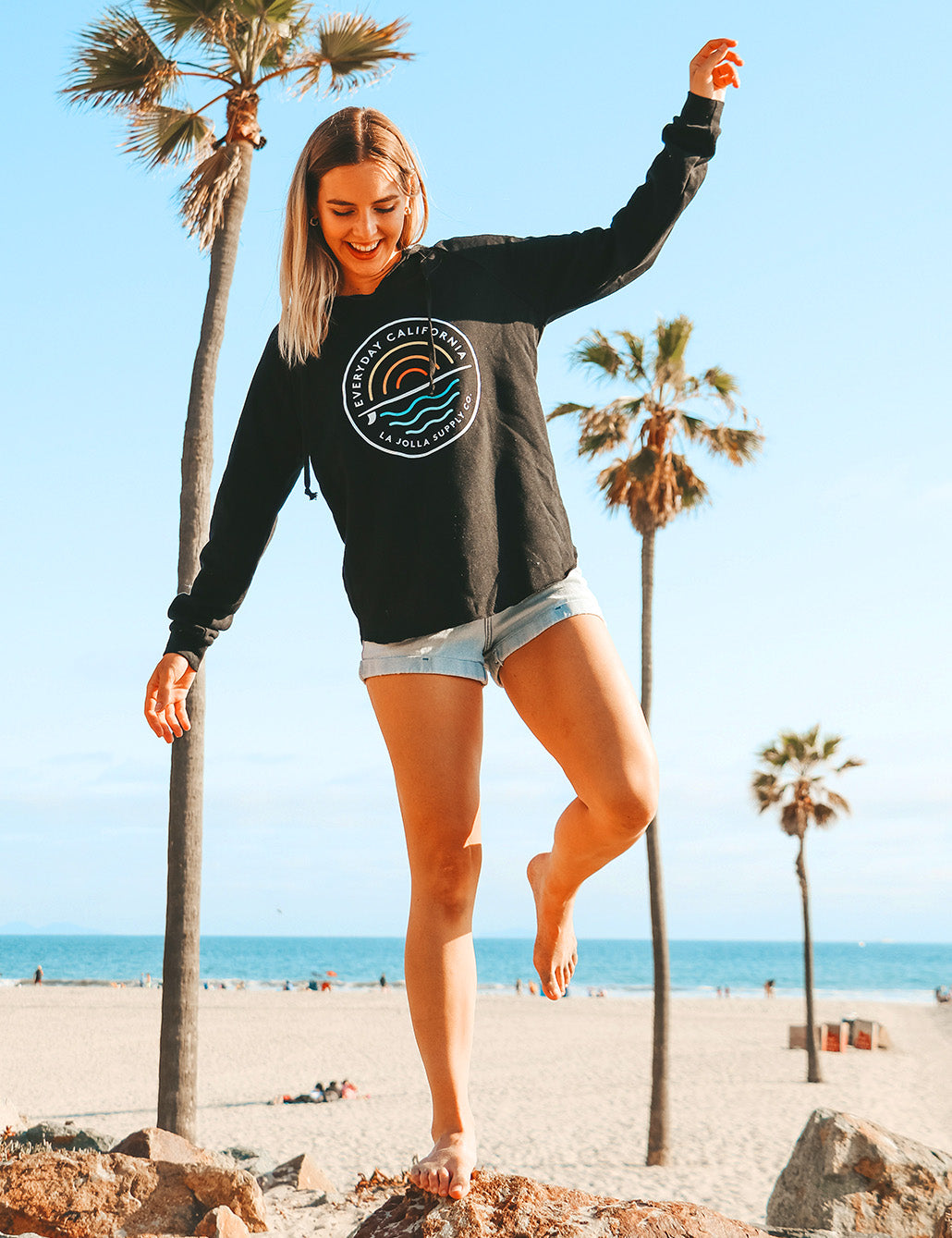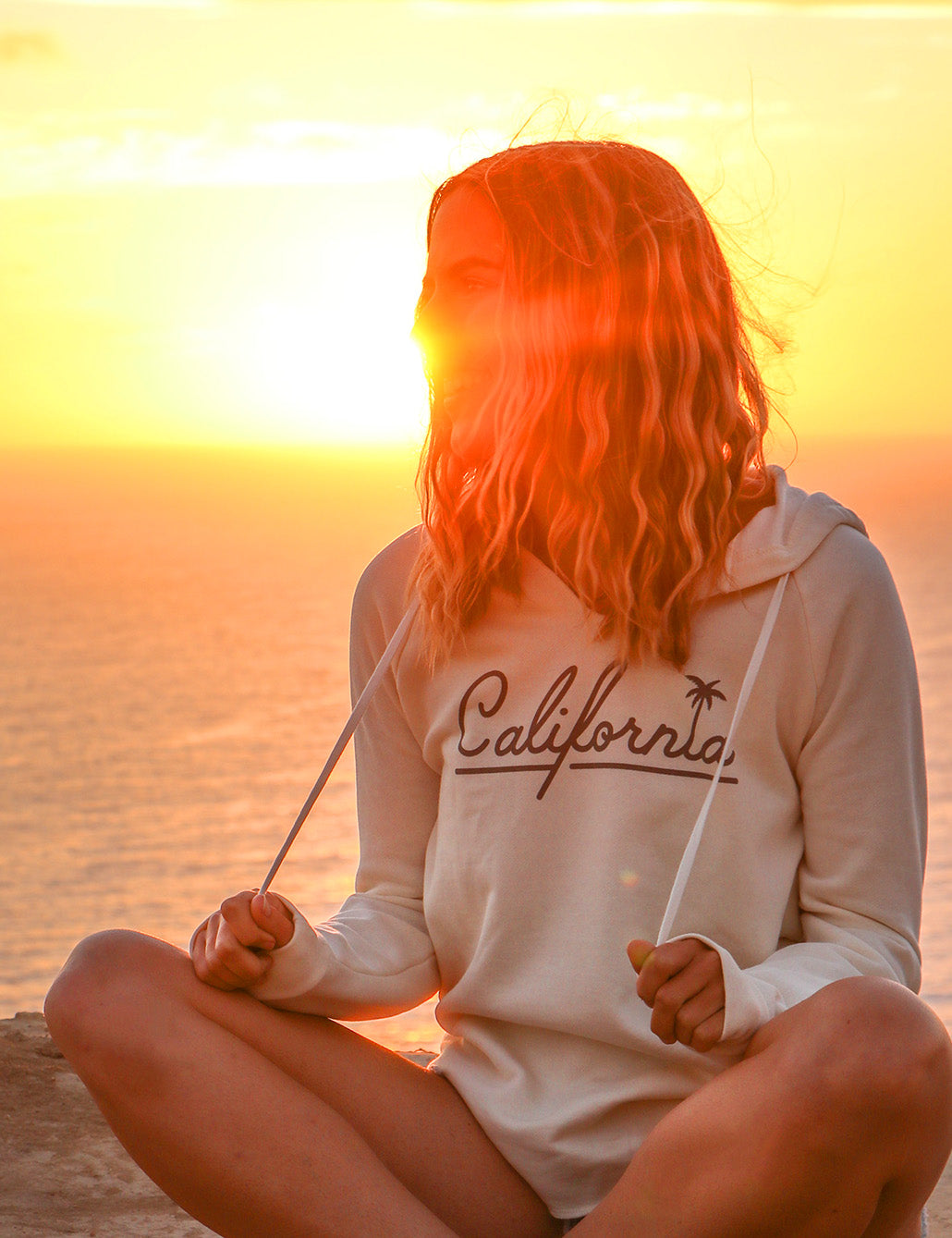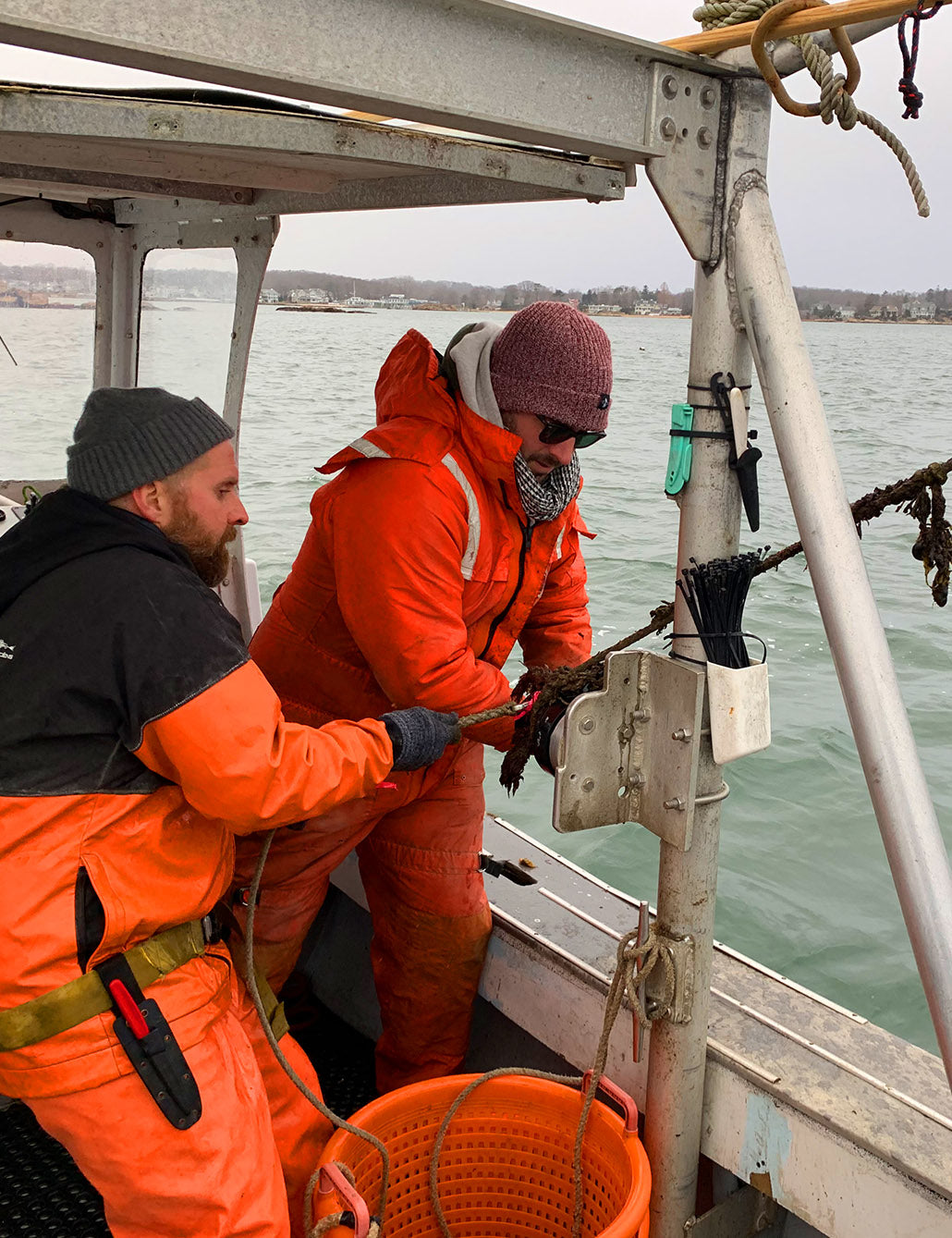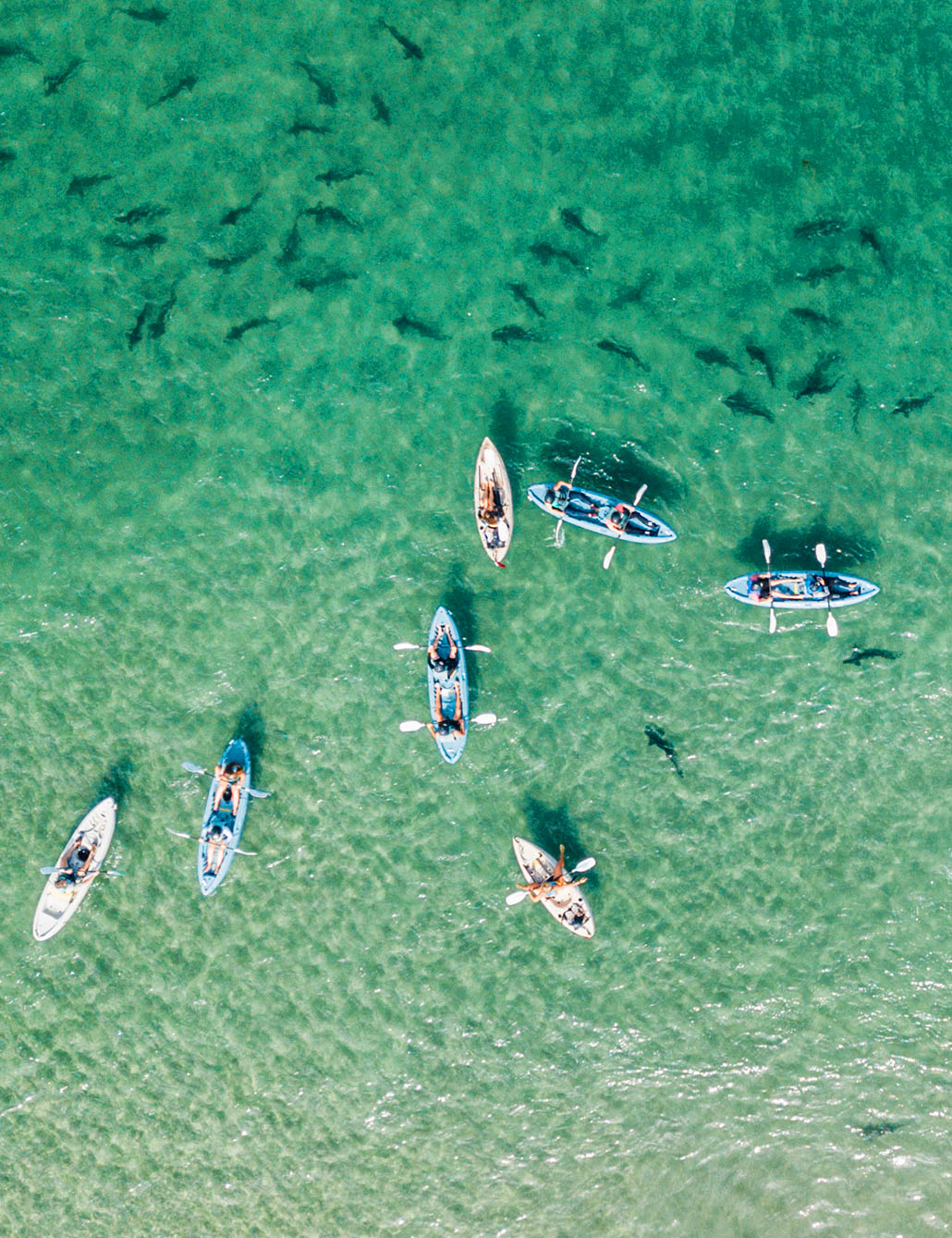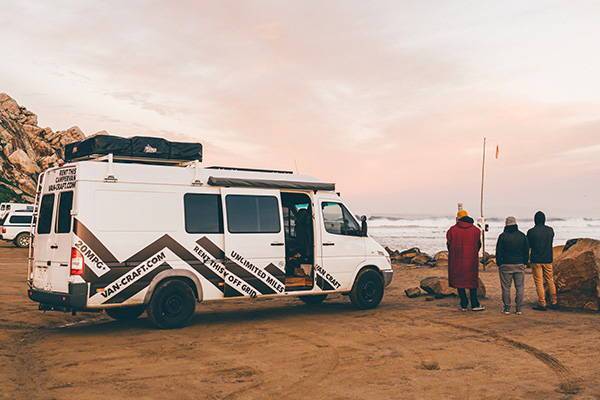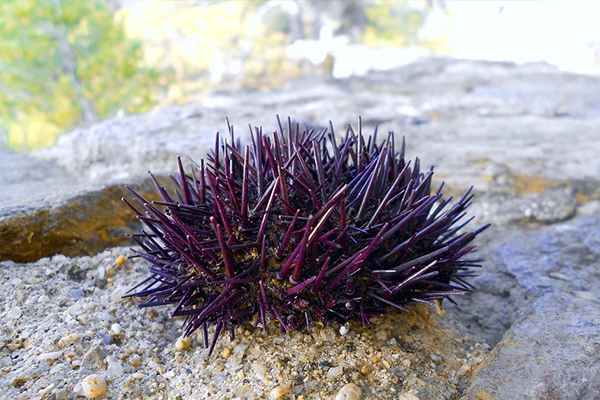By Trey Leslie I Everyday California Head Writer & Resident DJ
A small fishing boat off the coast of Connecticut on a snowy December day is an unlikely place to meet one of the most influential environmentalists on the planet. But despite making headlines in major publications and programs like The New Yorker, National Geographic, 60 Minutes and more, Bren Smith still keeps himself busy doing the dirty work of his ambitious agricultural mission: turning open ocean into sustainable, regenerative farms.


After a year of working with 1% For The Planet to donate a portion of every dollar we make to Bren’s charitable organization, GreenWave, the Everyday California team had the opportunity to visit Bren in Branford, Connecticut and see his work in action.
We met Bren, who acts as the Executive Director at GreenWave, and David, the Development Manager, on the docks. It was cold and rainy, with a chance of snow on the forecast. We were given thick, weatherproof suits (essentially giant orange onesies) and jumped on a boat to check out Bren’s farm.
“Once you have a basic roping system, which is just a scaffolding system underwater, then you just figure out everything you can grow that won’t swim away and you don’t have to feed,” Bren explained, steering the skiff from the docks toward his farm in the Thimble Islands, within the Long Island Sound. “As soon as you get away from growing fish, it just becomes really, pretty simple.”
At a glance, Bren Smith may appear to be content simply working at sea. He’s been a fisherman since he was 14, and worked a series of jobs that led him to many different waters in North America throughout his career. But after seeing how his industry was disrupting ecosystems during what he calls “the peak of overfishing,” Bren and some of his like-minded colleagues started looking for better, cleaner ways to harvest the seas.
This idea led to years of experimenting with regenerative ocean farming techniques. He wanted to find the perfect combination of sustainable, low-maintenance crops and pair it with a structure that’s simple, efficient, and storm resistant.
The end result of his trial-and-error is a new way of cultivating ocean-based resources without damaging or disrupting ecosystems: 3D ocean farming, a truly sustainable form of aquaculture that is easily replicated in other parts of the ocean.
At a glance, Bren Smith may appear to be content simply working at sea. He’s been a fisherman since he was 14, and worked a series of jobs that led him to many different waters in North America throughout his career. But after seeing how his industry was disrupting ecosystems during what he calls “the peak of overfishing,” Bren and some of his like-minded colleagues started looking for better, cleaner ways to harvest the seas.
This idea led to years of experimenting with regenerative ocean farming techniques. He wanted to find the perfect combination of sustainable, low-maintenance crops and pair it with a structure that’s simple, efficient, and storm resistant.
The end result of his trial-and-error is a new way of cultivating ocean-based resources without damaging or disrupting ecosystems: 3D ocean farming, a truly sustainable form of aquaculture that is easily replicated in other parts of the ocean.



How does it work?
Bren doesn’t farm fish like most traditional ocean farmers, a process that requires fish feed and a more complicated containment structure. In fact, the genius of his method is that it doesn’t involve any input at all.
“Imagine an underwater garden,” Bren said, holding a long, mesh ‘sock’ used to provide a structure for mussels. “You have hurricane proof anchors on the edges, then just about 8 feet below the surface you have a horizontal rope. We have our kelp growing vertically, down on the lines next to scallops and lantern nets, next to mussels and mussel socks, and then below the surface you have oysters in cages and clams in the mud.”
It’s as simple as that: a series of underwater columns of kelp and shellfish and cages of oysters and clams on the ocean floor, all hanging and attached to a horizontal rope.
Why it matters:
Once the method was in place, Bren went on to found GreenWave, who’s mission is to train anyone looking to start their own sustainable ocean farm and provide them with the right tools for the job without having to make an overwhelming investment.
It’s an attractive opportunity for a prospective ocean farmer. Bren boasts that his system is efficient, easy to learn, and with the right crops each farm has the ability to be yielded year-round. Plus, GreenWave helps new farmers by connecting them to a network of buyers, providing the market for the food they yield right off the bat.
While the job creation aspect is important to GreenWave’s mission, Bren has his sights on the possibilities of environmental impacts that could change the world.
“Our kelp soaks up five times more carbon than land-based plants,” Bren said, nearly yelling over the boat’s motor. “There are studies coming out that say if you were to have farms covering 6% of the oceans, you could capture all the carbon that's currently put out by humanity.”
“And feed the planet.”
Here lies the real reason behind the buzz surrounding this organization. If they are successful in jump-starting an economic system that depends on Bren’s brand of ocean farming, then the impacts have the potential to mitigate climate change that humans have created.
Perhaps this is why Rolling Stones had Bren Smith second on their list of 25 people who are shaping the future.
After a couple hours on the water, our co-founder and operations manager Chris and Brian had the chance to go out on a smaller boat and leave a unique contribution: seeding kelp at Bren’s farm.
“It kind of felt like I was in the middle of a 60 minute episode,” Brian said after. “It was actually pretty simple. You just hold this rod that’s loaded with a yarn that’s been soaked in kelp seeds, and as the boat drives off the yarn unspools onto the line. What was really cool is to see how interconnected kelp is with all these climate issues we’re having.”
However, that wasn’t our only contribution to Bren’s cause. We’re extremely proud to be a partner of 1% For The Planet, and through that partnership we work directly with GreenWave to donate 1% of every single penny we made this year, and will continue to work together moving forward.

Everybody loves a giant check.
As a business that focuses on minimizing our environmental footprint while enjoying the best of Mother Nature, it’s extraordinary to be a part of this movement, to be contributing to what has the potential to be a decisive contributor toward the journey to a sustainable, green economy (or as Bren likes to say, a blue-green economy).
After leaving the docks, we presented our financial contribution to Bren—which totaled over $12,000—via giant check. You know, Happy Gilmore style. We wanted to do it outdoors, but at that point it was so cold outside we decided to move the celebration to the local bar.
Afterwards, we had a chance to share a beer with Bren and the GreenWave team outside of work.
“It’s a big dream,” he told us. “But I think we can pull it off.”

